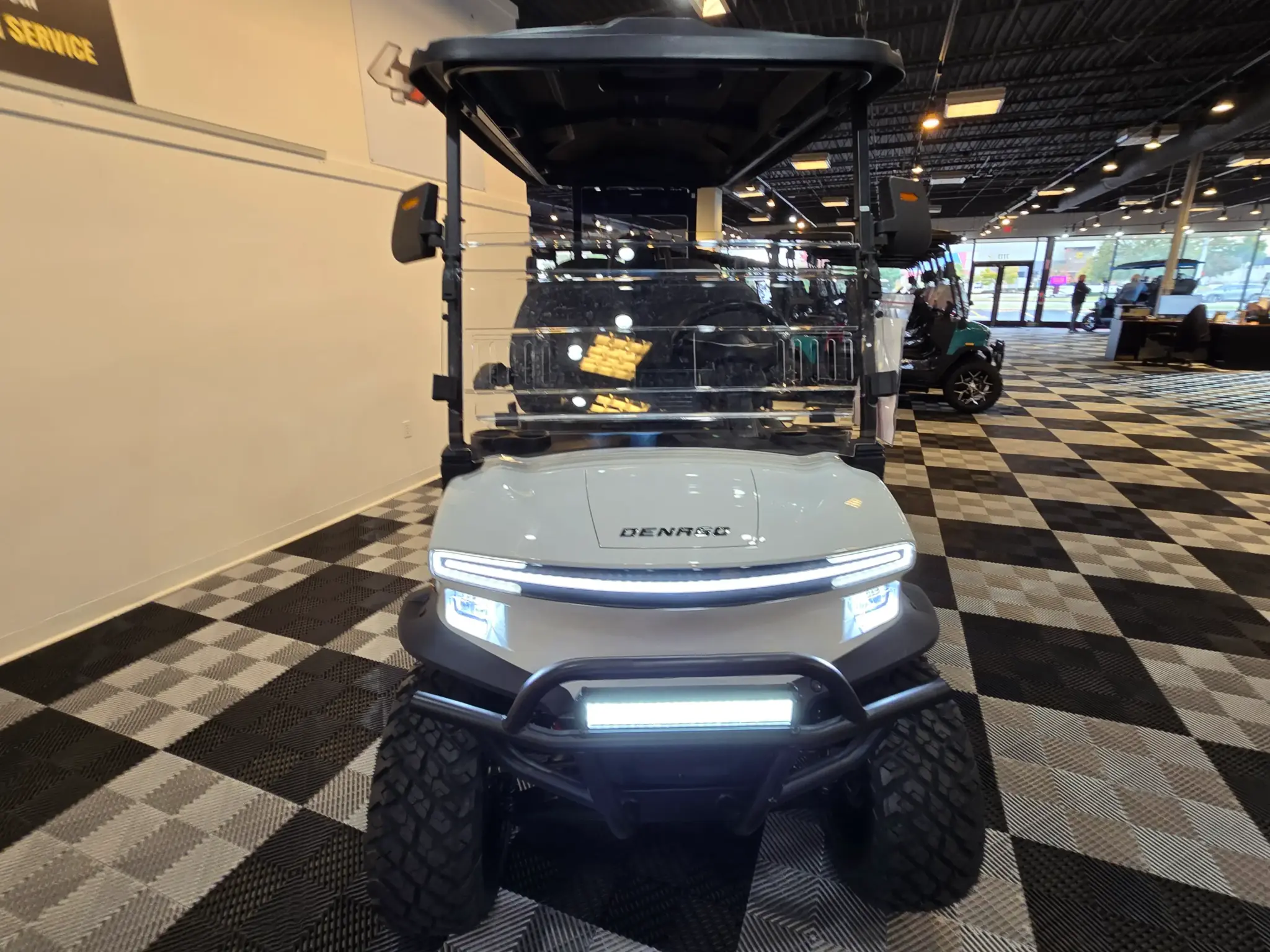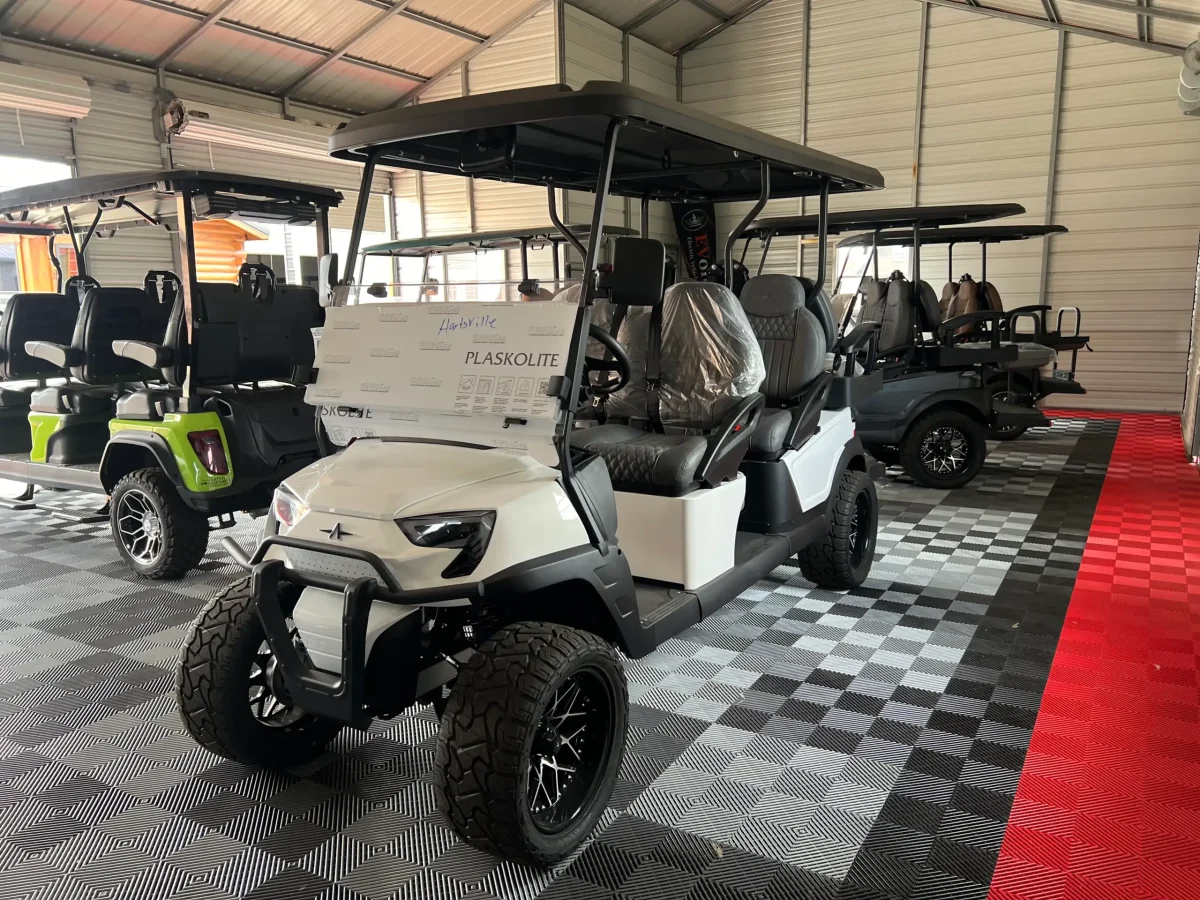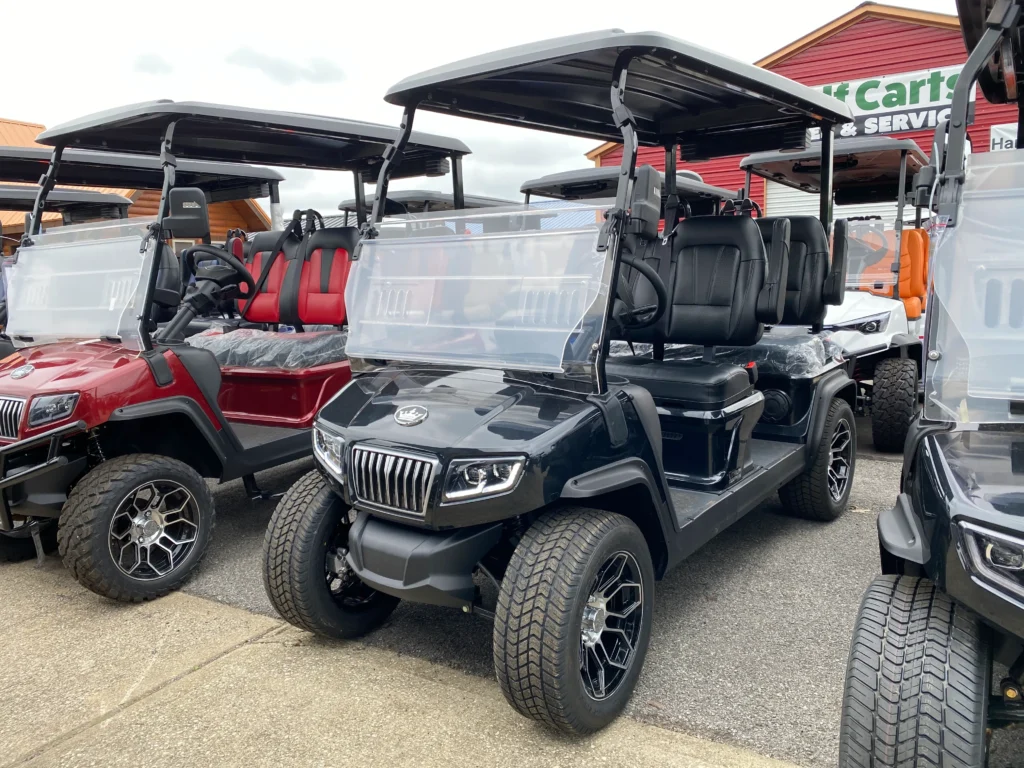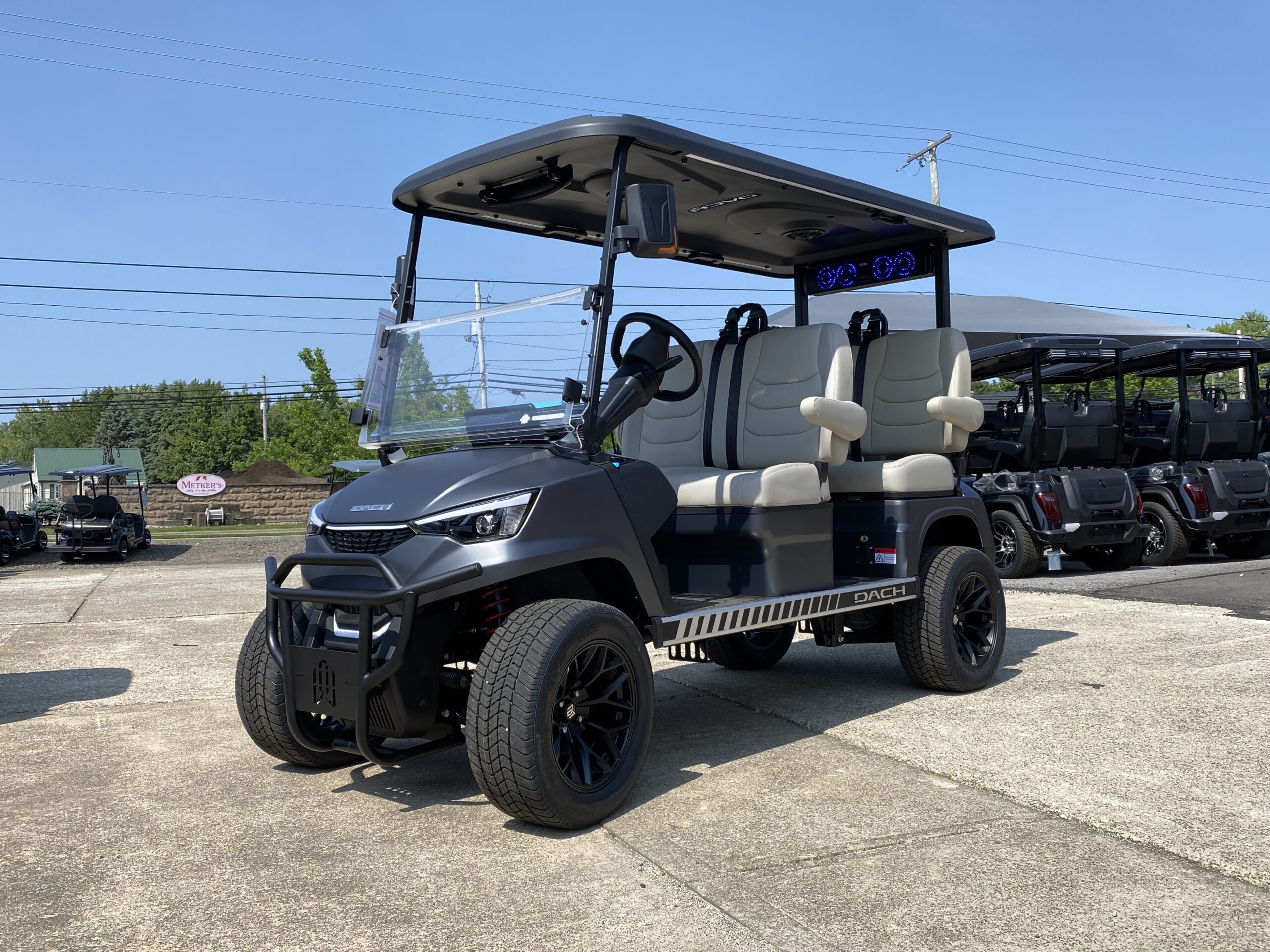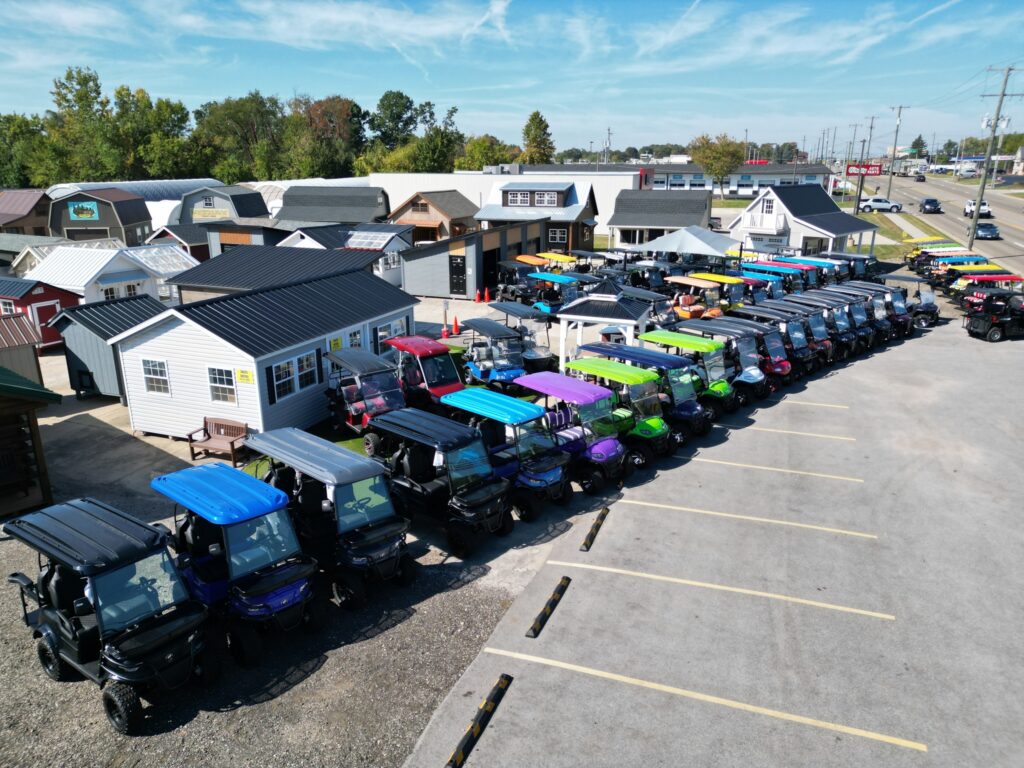When you think of a golf cart, you probably picture open seating, quiet rides, and a leisurely drive through the course or neighborhood. One question that often comes up among owners is whether golf carts actually have seat belts. The answer depends on the type of golf cart and how it is used. Some modern models come equipped with them, while others do not require them at all. Understanding when seat belts are necessary and how they can improve safety helps every golf cart owner make more informed decisions.
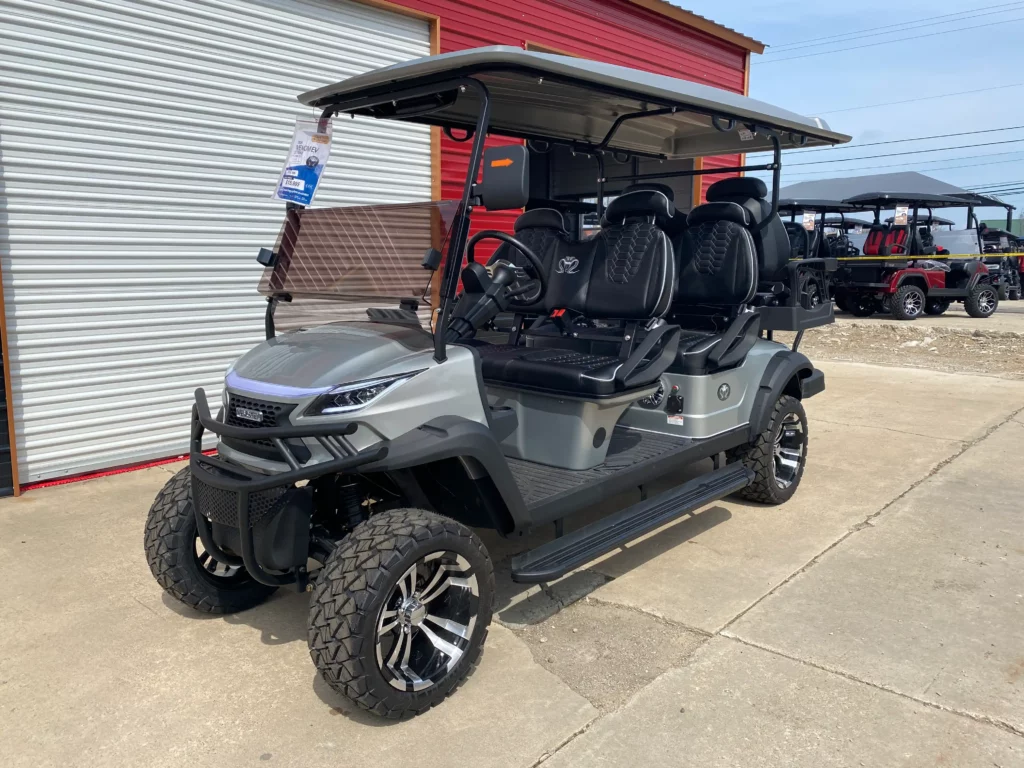
Why Some Golf Carts Have Seat Belts and Others Do Not
Golf carts were originally designed for golf courses, where low speeds and smooth terrain made seat belts unnecessary. In those settings, seat belts could even pose a risk if a cart tipped, as passengers might become trapped. However, as golf carts have evolved into neighborhood, resort, and utility vehicles, the need for seat belts has increased. Street-legal carts, also called Low-Speed Vehicles (LSVs), must meet safety standards similar to regular cars, including seat belts, lights, and mirrors. This distinction between recreational and street-legal use explains why seat belts are not universal across all golf carts.
Understanding Golf Cart Safety Basics
Although golf carts travel at lower speeds than cars, accidents still happen. Tipping, sudden stops, or sharp turns can throw passengers from the seat. Seat belts help prevent such injuries by keeping riders secure in their seats. According to data from various safety studies, most golf cart injuries occur during falls, not collisions. Simple safety upgrades, like seat belts and grab handles, significantly reduce these incidents. For a closer look at the design and history of seat belts, the Wikipedia page on seat belts offers a detailed overview of their development and purpose.
Seat Belts on Street-Legal Golf Carts
Street-legal golf carts are designed to meet Department of Transportation requirements for operation on public roads. These vehicles come equipped with headlights, taillights, turn signals, mirrors, and most importantly, seat belts. Models built for urban or residential areas often reach speeds up to 25 mph, where seat belts are essential for passenger protection. Manufacturers now integrate retractable or fixed belts that resemble those in standard vehicles, offering both comfort and compliance. To explore carts with modern safety features, visit the Hartville Golf Carts to view the latest lineup.
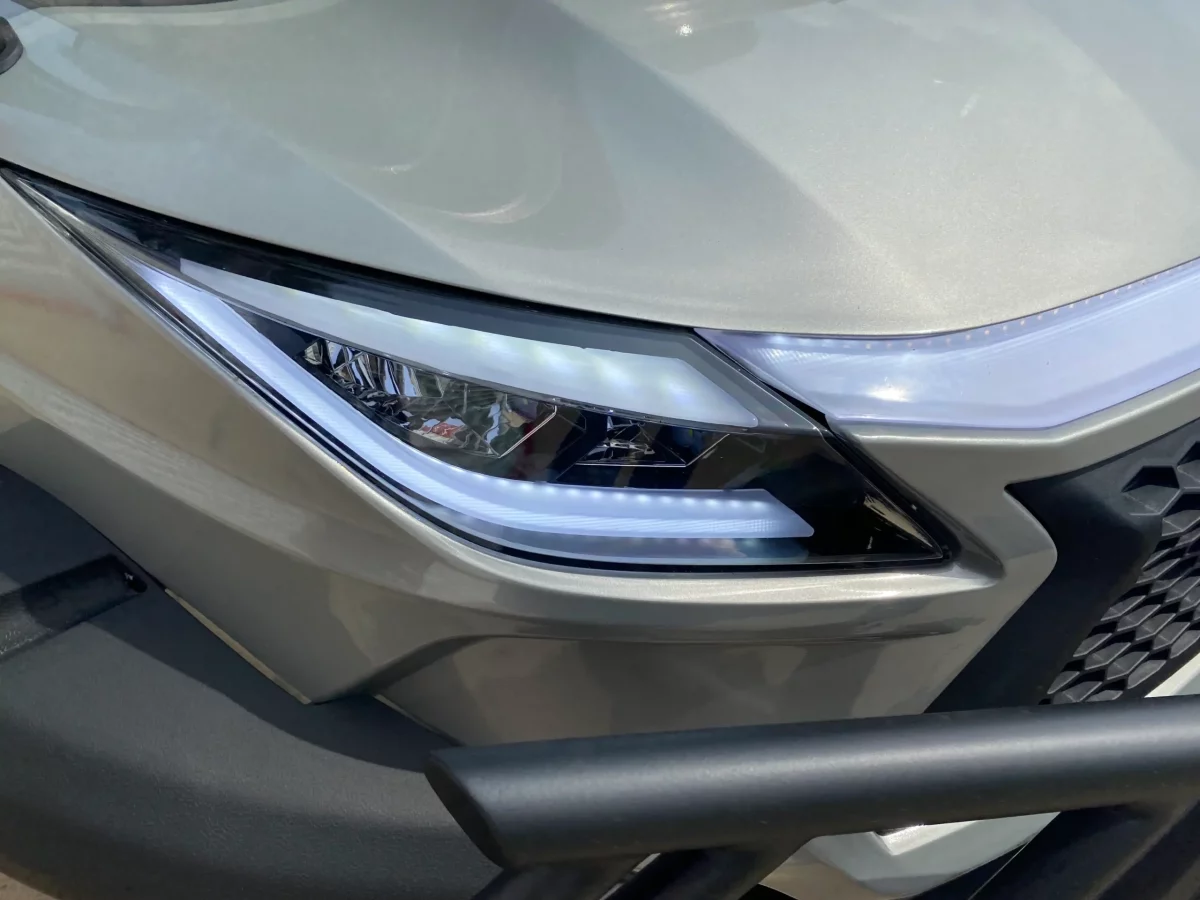
Do Golf Course Carts Require Seat Belts?
Golf course carts typically do not have seat belts. The open design makes it easy to enter and exit between holes, and the low-speed environment poses minimal risk. In most cases, the soft terrain of a golf course allows the cart to stop quickly and safely without the need for restraints. However, that changes when carts are used on paved paths or steep terrain. In these cases, seat belts may provide added safety, especially for older passengers or those with limited mobility. Some private clubs and resorts now offer carts with optional seat belts for extra security.
Adding Seat Belts to an Existing Golf Cart
If your golf cart did not originally come with seat belts, installing them is possible and relatively straightforward. Many manufacturers sell retrofit kits that include the hardware, bolts, and mounting brackets required. Installation involves attaching the seat belt assembly to the frame beneath the seat, ensuring the belt anchors to a solid surface rather than the plastic seat base. Adjustable lap belts or retractable versions are available depending on comfort and use. For installation advice or compatible kits, you can contact Hartville Golf Carts for professional recommendations.
Different Types of Golf Cart Seat Belts
Most golf carts use one of two seat belt styles: lap belts or three-point belts. Lap belts are common on standard golf carts and are easy to install, while three-point belts resemble those in cars, offering greater upper body protection. Some luxury or high-speed models include padded or retractable seat belts for enhanced comfort. The type of belt you choose should match how the cart is used. For neighborhood or on-road use, three-point belts are highly recommended for maximum safety and compliance with state regulations.
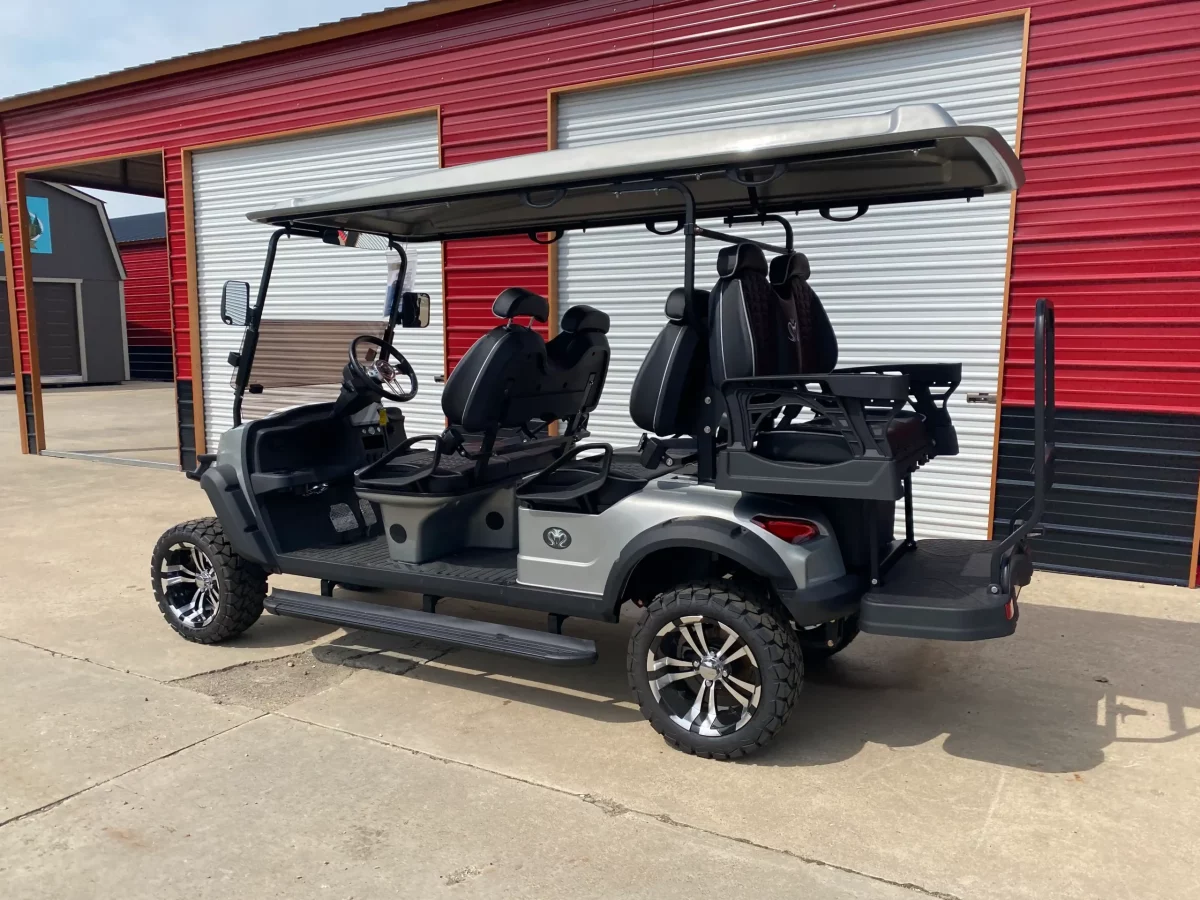
When Seat Belts Are Legally Required
State and local laws vary regarding golf cart seat belts. In many areas, seat belts are only required for street-legal or LSV models that operate on public roads. On private property, golf courses, or gated communities, requirements are less strict. However, even when not mandatory, wearing a seat belt remains a smart precaution. It reduces the risk of injury during sharp turns or uneven terrain. Checking local regulations ensures you remain compliant and safe wherever you drive your cart.
Benefits of Having Seat Belts in Golf Carts
Seat belts improve safety and stability, especially when passengers are children or elderly. They prevent riders from sliding during acceleration and turning, enhancing comfort on uneven ground. Seat belts also build passenger confidence, making the ride feel more secure. When combined with other safety features like headlights, mirrors, and roll bars, they create a balanced and reliable driving experience. For those upgrading or buying new carts, many models now integrate these features as standard equipment.
How Seat Belts Improve Passenger Experience
Beyond safety, seat belts contribute to a smoother and more enjoyable ride. Passengers can relax without constantly bracing themselves during turns or stops. Families often prefer golf carts with seat belts because they can transport children confidently. This makes seat belts particularly valuable in community or resort environments where carts are used daily for transportation. Modern belts are designed with comfort in mind, featuring adjustable lengths and soft-touch materials to ensure convenience for all riders.
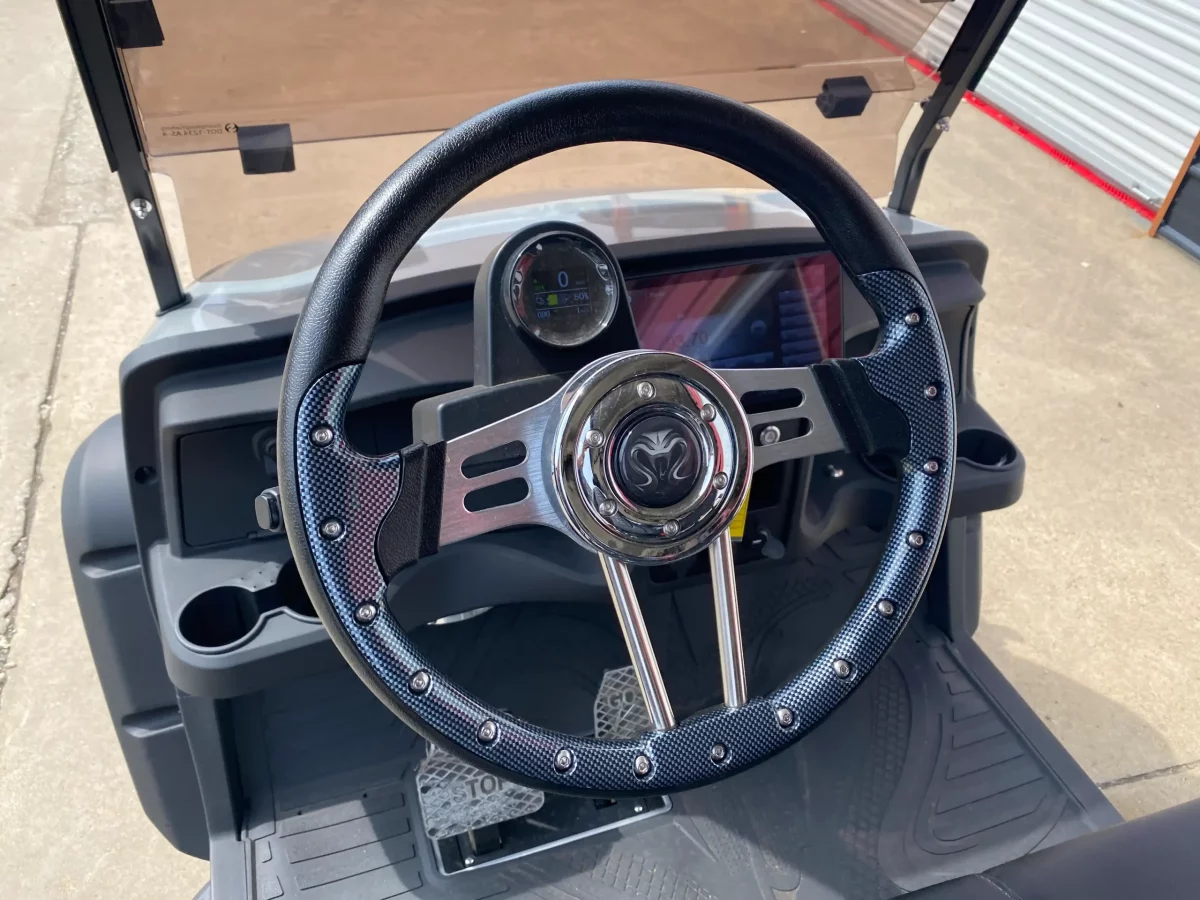
Seat Belts and Rollovers
One of the main arguments against seat belts in traditional golf carts has been the risk of entrapment during rollovers. Early models lacked roll cages, which made seat belts potentially dangerous in a tip-over. However, modern carts often feature reinforced roofs and frames that reduce this risk significantly. When used correctly in combination with these safety structures, seat belts actually enhance protection rather than hinder it. This advancement has encouraged manufacturers to include seat belts more widely in their designs.
Upgrading Older Golf Carts for Safety
Owners of older carts can improve safety by adding more than just seat belts. Upgrades like mirrors, LED lighting, and speed limiters make a big difference in daily use. Retrofitting seat belts is an easy step toward compliance and comfort. For those looking to move beyond upgrades, investing in a modern model like the Evolution D-Max Series GT6 provides a complete solution. This model offers built-in seat belts, stylish seating, and powerful performance that make it ideal for both leisure and transportation.
Family and Passenger Considerations
Seat belts are especially important for families who use golf carts for more than just golfing. Parents often drive carts to parks, beaches, or community events with children on board. Ensuring everyone wears a seat belt helps prevent injuries if the cart stops suddenly or encounters rough ground. Many modern carts include rear-facing seats equipped with belts to keep all passengers secure. This attention to family safety has become a key feature for many manufacturers.
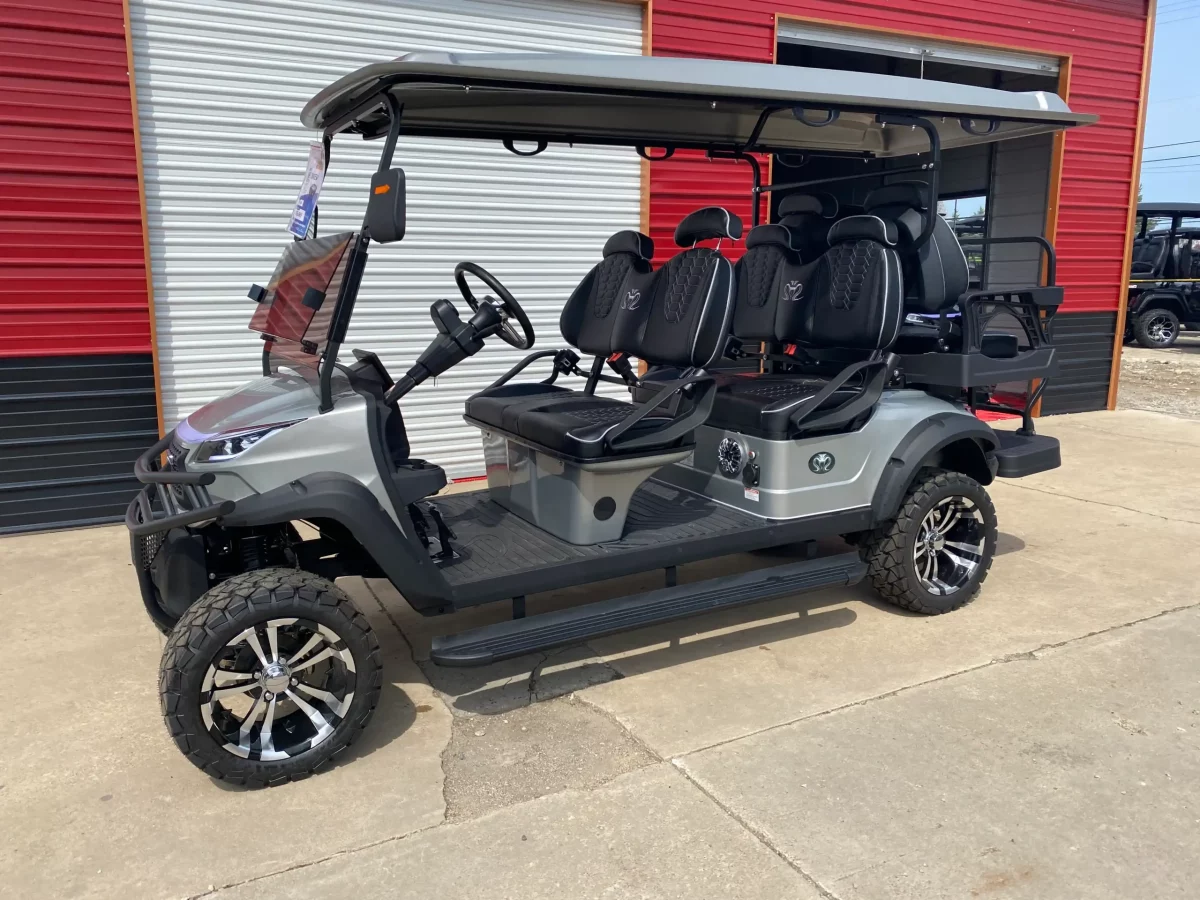
Maintenance and Inspection of Seat Belts
Seat belts, like any other component, require occasional inspection. Check the webbing for tears, fraying, or discoloration. Test the buckle to confirm that it latches and releases smoothly. If the belt feels loose or the hardware shows rust, replacement is recommended. Properly maintained seat belts can last for years, ensuring consistent protection. Always use manufacturer-approved replacement parts to maintain quality and reliability.
Other Safety Features to Consider
While seat belts play a major role in safety, other components enhance overall protection. Adding turn signals, brake lights, mirrors, and reflective decals improves visibility, especially in low light. Some carts even include horns and backup alarms to alert pedestrians. For electric models, maintaining the braking system and tires also contributes to safe handling. Together, these upgrades create a secure environment for both the driver and passengers.
Balancing Comfort and Safety
Some owners worry that seat belts reduce comfort, but modern designs balance both factors. Adjustable straps, retractable mechanisms, and flexible mounting options make seat belts easy to use. The goal is to feel safe without losing the open, relaxed atmosphere that makes golf carts enjoyable. Manufacturers have successfully combined safety and style, ensuring that protection never compromises experience. Choosing the right configuration allows you to drive comfortably while keeping everyone secure.
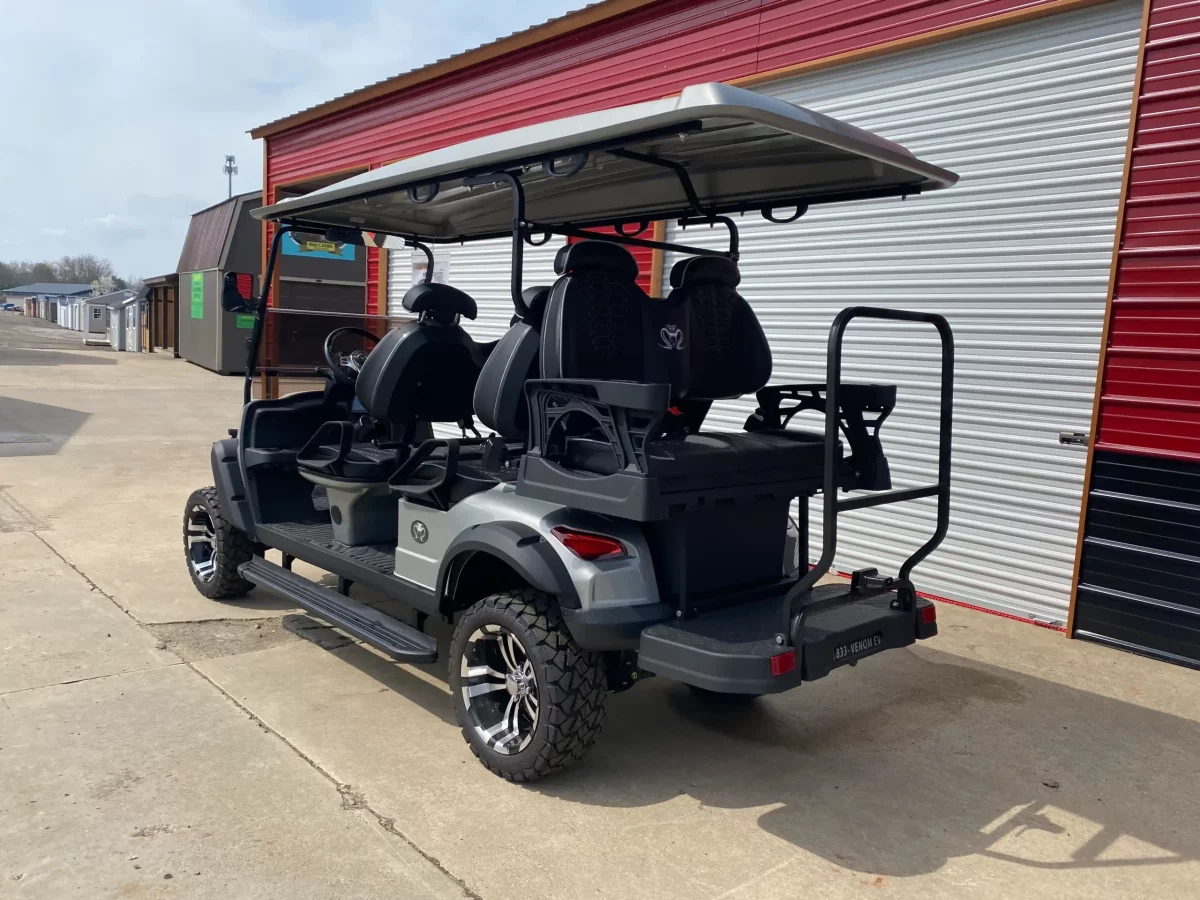
Conclusion
Seat belts are one of the most valuable yet overlooked features in golf carts today. Whether your cart came with them or you plan to install them, they provide essential protection and peace of mind. As golf carts continue to evolve into practical vehicles for daily travel, built-in safety features are becoming the new standard. If you are ready to upgrade to a modern golf cart that combines comfort, safety, and performance, reach out to the Hartville Golf Carts team today. Explore innovative models like the Evolution D-Max Series GT6 and enjoy a secure, stylish ride built for every lifestyle.


